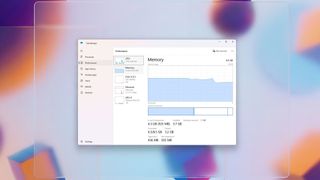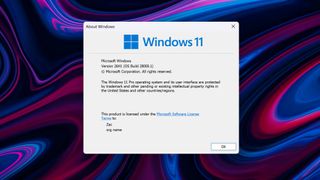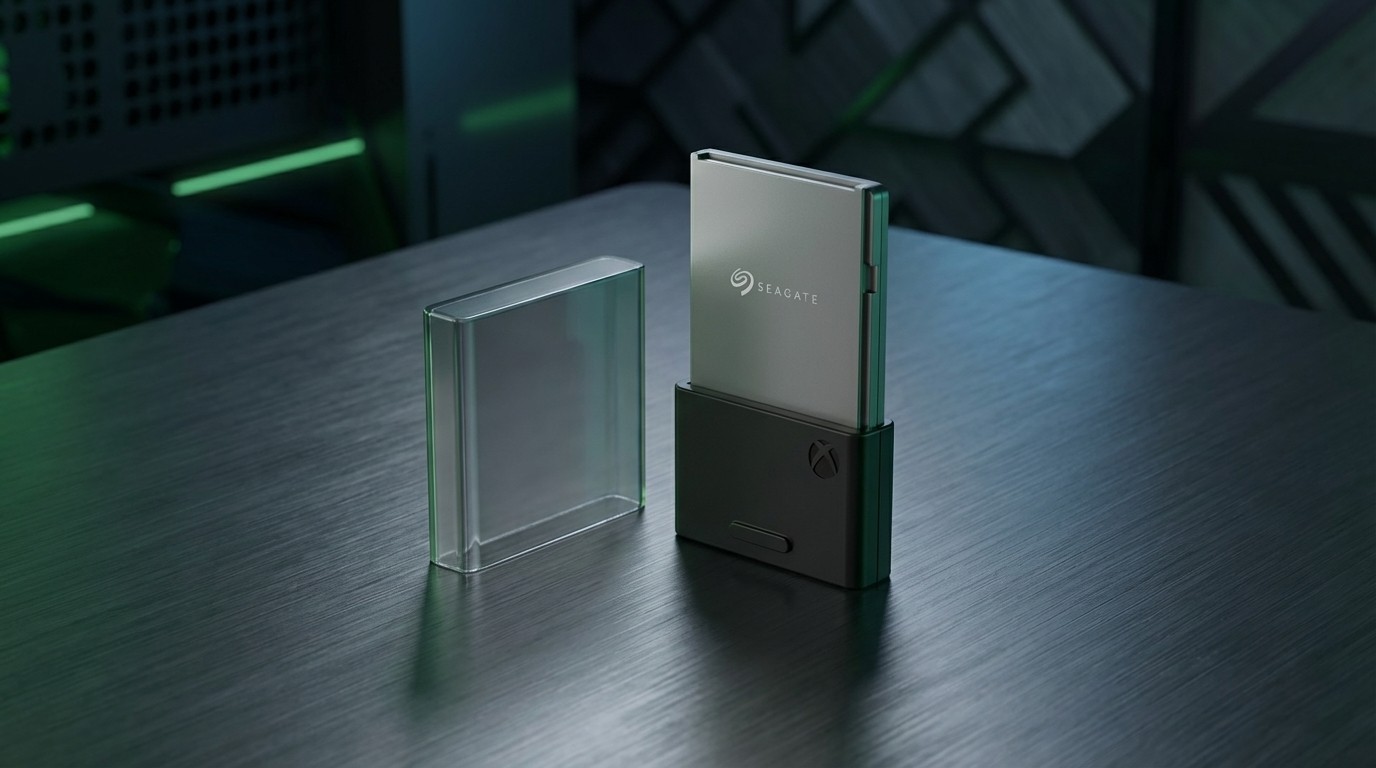Windows 11
Explore Windows 11
Latest about Windows 11
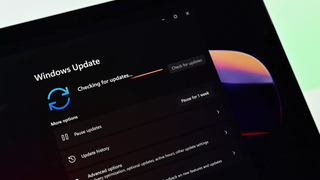
Windows 11 and Microsoft in 2026 — features to like (and one to dread)
By Sean Endicott published
Windows 11 As 2025 wraps up, we look ahead at the Windows 11 and Microsoft features arriving in 2026.

Windows 11’s 2025 problems are piling up faster than Microsoft can fix them
By Zac Bowden published
Windows 11 From broken updates to forced features, Windows 11’s 2025 problems show a platform in crisis — and users deserve better.
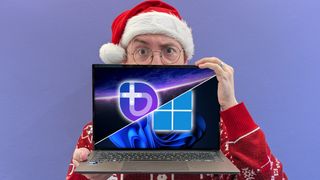
I dual-booted Windows and Linux in 2025 — Microsoft is in no danger
By Ben Wilson published
Windows Is Microsoft's AI push driving users away? Linux can handle gaming and daily work, but the deep-rooted familiarity of Windows still prevents any permanent switch.
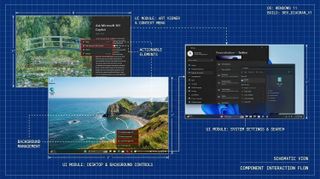
Microsoft engineer wants AI to purge C and C++ from Windows (Update)
By Sean Endicott last updated
Windows Microsoft is betting on AI and Rust to eliminate legacy C++ code by 2030. It’s an ambitious engineering pivot that could finally secure the Windows kernel.
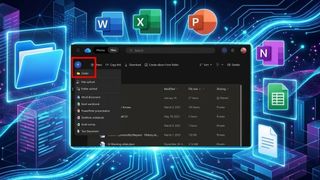
How to transfer ownership of OneDrive files and folders
By Sean Endicott published
Windows 11 OneDrive can’t transfer ownership, but you can still move files to another account using a workaround. Here’s how to do it.
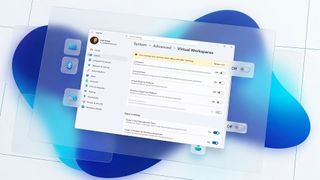
How to enable or disable virtualization features via Settings on Windows 11
By Mauro Huculak published
Windows 11 On Windows 11, you can now use Virtual Workspaces to enable or disable Hyper-V, Windows Sandbox, and other virtualization features from Settings, and in this guide, I'll show you how.

Windows 11 news refuses to hibernate — here are the biggest stories of the week
By Sean Endicott published
Windows Windows news hasn't quite stopped for the holidays as RAM prices climb, Insiders get new features, and Microsoft expands Android PC locking support.

The latest Windows 11 Insider build hides more AI upgrades than you think
By Mauro Huculak published
Roundup The latest Windows 11 Insider build quietly adds new tools, UI tweaks, and deeper AI integration. Some of these changes are big.
All the latest news, reviews, and guides for Windows and Xbox diehards.
